Before starting keeping bees, you will need to know more about ‘how to start beekeeping’.
Beekeeping actually can be a very fun and rewarding activity for you if you do everything correctly.
Keeping some bees will not only let you enjoy fresh honey, but it can also benefit your garden through pollination.
Beekeeping can seem very difficult for you initially, because it can take some time to put together a bee community and getting everything done.
But the beekeeping will be relatively easy for you once you do all these.
Beekeeping was very popular in the past. And it has recently become popular once again, after having been in decline for more than half a century.
Today, it’s becoming popular gradually with more and more women and younger people being attracted to this business.
Beekeeping business can be profitable and easy for you, especially if you have cultivable land and if you produce different types of crops, grains and vegetables throughout the year (or at least you have some cultivable land nearby). However, if you want to start beekeeping, read this guide carefully.
How to Start Beekeeping
Getting started with beekeeping generally involves putting together the hive, introducing the bees to the hive and caring for the bee community.
Here we are describing more about all these steps about how to start beekeeping.
Check Local Laws
First of all, check your local laws about beekeeping. Ask your local officials or agriculture extension office whether beekeeping is allowed in your area or not.
Ask them how many bee hives you can have and the minimum amount of space between the hives.
Ensure You Have the Land
Before starting beekeeping, ensure that you have at least 1/10th of an acre land for accommodating one bee colony.
Determine the number of bee colonies depending on the size of your yard.
But in case you have cultivable land with different types of grains, crops, flowers and vegetables, then you can consider more bee colonies.
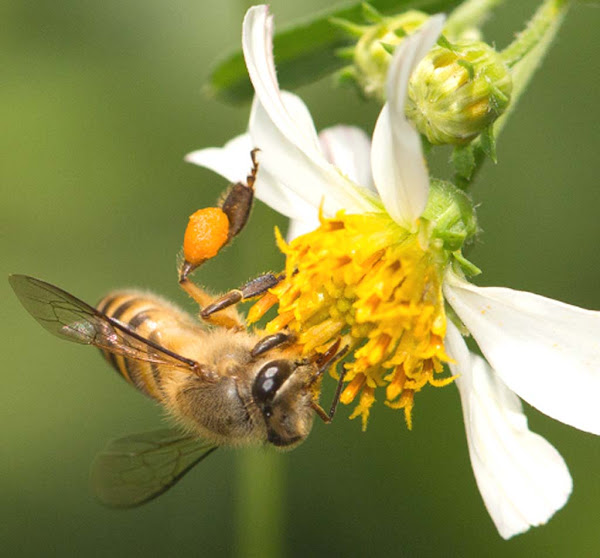
When to Start
Behavior of the bees is entirely dependent on climate. Autumn is considered as the best time to start beekeeping projects.
Because the bees can collect nectar and pollen during the autumn months for building a strong hive in the spring and summer.
Build or Purchase Beehives
You can either purchase beehives from a local beekeeping supplier. Or you can also DIY beehives with the help of an expert in your area.
There are different types of beehives available. Ask an expert for help you to choose the right type of beehive for your project.
Purchase Necessary Equipment and Tools
You will need to purchase the necessary tools for beekeeping. Having basic protective tools and clothing can help you to maintain your bee colony and also will help you to protect yourself.
You will need to purchase bee suit with gloves or simple hat and veil, and lightweight jacket. Purchase the hive tool (which is a mini pry bar specifically used in beekeeping).
You also need to purchase a smoker to calm the bees when you are working in the hive.
Place the Hive
You will need to expose the beehive to the morning sun. So, try to put your hive in an area that gets sun, especially in the morning.
This will ensure, your bees get out of their hive early in the morning to forage for pollen.
If you live in cooler climates, consider placing the hive in a spot that gets the full sun.
But placing the hive in shade in the afternoon will be good if you live in warmer climates.
Direct wind can be harmful for your bees and beehives, so protect your hives from direct wind.
You will need to keep the hive entrances facing south or southeast, especially if you live in the colder climates.
Keep enough space between two bee hives so that you can easily walk between them without grazing yourself.
Comfortably spacing your beehives will allow you greater movement while you work.
Source Your Bees & Introduce Them into the Hive
After setting everything up, you need to source and purchase the bees. Find a local beekeeper for purchasing bees. Purchasing bees early in the year will be good, consider purchasing the bees by January or February.
Consider purchasing a nuc (a nuc is a queen bee and a bunch of worker bees that are ready to place in the hive once spring starts).
Introducing a nuc into a hive is much easier than searching for an individual queen bee and thousand of workers.
If you are unable to source a nuc, purchasing one queen bee with around 10,000 workers will be perfect for starting.
After purchasing a nuc or a queen bee with thousands of worker bees, you will need to introduce the bees into the hive.
Put on your beekeeping gear while introducing the colony to their new hive. You also need to put on the gear while performing regular maintenance.
Also ensure anyone else who will handle or be near the bees is also wearing protective beekeeping gear. This will ensure you, your family member or loved ones, and even your bees stay safe and happy.
Puff your nuc with 2 or 3 wafts of cool smoke, and then place the nuc next to or on the top of your hive.
Using cool smoke and moving the nuc near the hive can wake up your bees and ensure a quick transfer into their hive.
Remove the inner and outer cover of your hive body, then take off the frames from the nuc and gently center them in the hive body (allow the bees to populate their new hive before replacing the inner and outer hive body covers.
You can shake the nuc into the hive if you want to have a much easier and faster transfer of the bees. Check for any lingering bees in the nuc container and release them into the hive.
Caring for the Bees
You will need to perform the following tasks for caring your bees.
Safety
You need to ensure your bee’s safety from critters with barriers. You can ensure the vitality of your bee colony and have a fruitful harvest, if you can protect your bees from predators.
You can put up electric barriers or chicken-wire fences for keeping the predators away (such as bears, opossums and skunks). Elevating the hives will help to keep opossums and skunks out of the hives.

Feeding
You should feed your bees as necessary. Actually, there may be a slight gap in time between when you introduce your bees to their hive and the plants begin producing nectar.
You will need to feed your bees during this time with a 1:1 mixture of sugar and water.
Punch holes in the top of the hive and hang small food jars with the mixture from them. This can ensure your bees have nutrition until they can access nectar.
Monitor the Hive regularly
You will need to monitor the hives at regular intervals. It will be better if you can check the hive as often as you can, if possible check daily.
Regular checking can ensure your hive is flourishing, building a strong comb, and the hive does not have any pests or other problems.
Look for signs of illness, parasite infestation or look for whether other animals are trying to access the hive (do all these during your regular check-ups).
Lack of larvae, deformed wings, weakened colony, misplaced bars, visible hive beetles or wax moths on the comb etc. are some common signs of issues with your beehive.
Finally, Harvest Honey
Generally, you will be able to harvest honey in the fall. Take out the long and flat hive frames during this time. Use a hot knife for scooping off the honeycomb and wax into a container or bucket.
Then allow the honey to gradually sink to the bottom of the container and remove the wax cappings that remain. You can turn the wax cappings into candles or other items.
You can also use an extractor if you prefer to strain your honey into a spigot and keep the wax separate.
These are the common steps for starting beekeeping. If you are thinking about starting beekeeping, we recommend visiting any existing beekeeper within your area for learning more practically. God bless you!

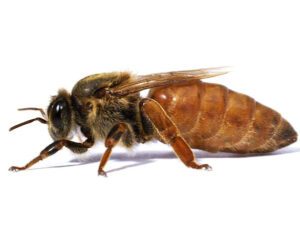


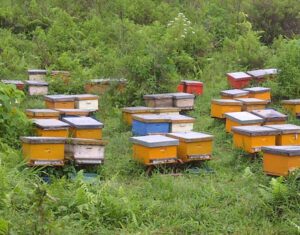
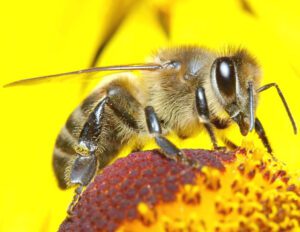
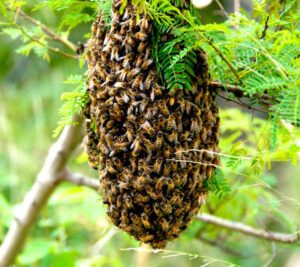
Congratulations for good work i like all of your doing its short and clear notes keep more searching many projects